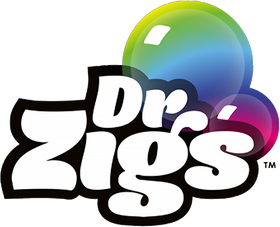Pollinators in Nature
Something which aids pollination is known as a pollinating agent. Environmental factors such as the wind or rain can act as pollinating agents, and some plants can even self-pollinate. However, the vast majority of pollination occurs with the help of animals, especially insects.
Honeybees are some of the most well-known and prolific pollinators around the world. There are several different varieties native to different regions. Honeybee numbers are supported by the beekeeping trade, but these populations are often not representative of regional varieties.

Bumble bees are also great pollinators. These bees are often in smaller hives or solitary and can be ground dwelling, so careful not to squash them!

Butterflies are amazing pollinators! All adult butterflies feed on nectar from plants, and are great at transferring pollen. Lots of butterfly species are under threat as they have very specific requirements for the plants that they can lay their eggs on, and these plants are disappearing. 
Beetles were amongst the earliest pollinators when flowering plants were evolving and remain to be essential pollinators today. 
Birds – several species of birds around the world eat nectar, and so can contribute to pollination. Hummingbirds, sunbirds and honeyeaters all contribute to pollination in their native habitats – Australia, New Zealand and Polynesia for honeyeaters, North America for hummingbirds, and Africa and Eurasia for sunbirds.

Nectar-eating bats are thought to be responsible for the pollination of over 1000 different plant species throughout the tropics. Bats are also important pollinators for some commercial crops, such as durian and mango. Many species of fruit bats eat fruit, nectar and pollen, and their fur allows them to catch and carry pollen between flowers.
Other small mammals can act as pollinators in specific areas – honey possums, bush babies and sugar gliders are all able to carry pollen.
Why do flowering plants need Animals?
Flowering plants are thought to have first evolved over 100 million years ago! At this time, there were still many different species of plant around, but their lifecycle looked quite different. For example ferns were very dominant in this time period and can still be found in many parts of the world today. Most of the plants around at this time had an asexual aspect to their reproduction, or an intermediate form, making reproduction a longer and less efficient process.
Flowering plants evolved a more efficient system – direct transfer of pollen to fertilise egg cells. Early flowering plants would have relied on environmental factors such as the wind to pollinate them, but over time, interactions between animals and plants have led to the diversity of pollinators which we see today. This coevolution occurs as both animals and plants benefit from the interaction, but in different ways.
